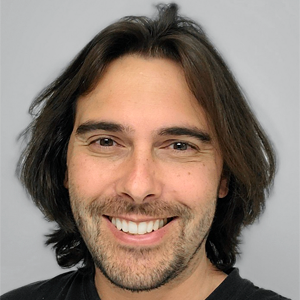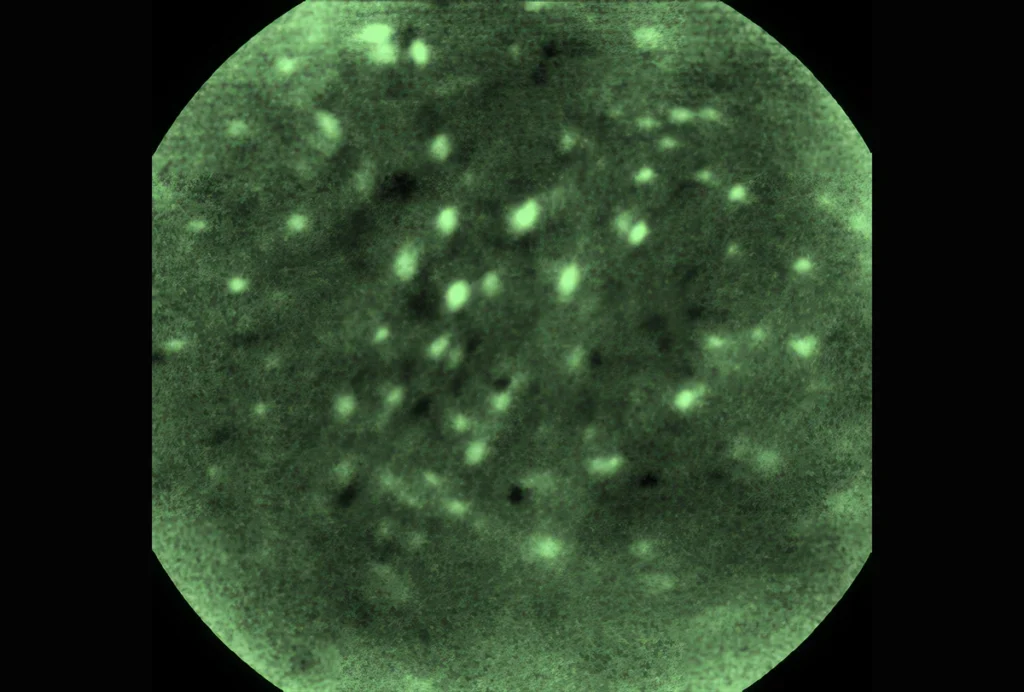Daniel Aharoni is assistant professor of neurology at the University of California, Los Angeles (UCLA). He received his Ph.D. in physics from UCLA, where he worked in high- and low-energy particle physics before shifting his focus to neurophysics. Aharoni stayed at UCLA for a postdoctoral fellowship under Baljit Khakh, Alcino Silva and Peyman Golshani, spearheading the technical development of the open-source UCLA Miniscope Project. Aharoni’s lab integrates engineering, neuroscience and physics to create innovative tools that address complex challenges in neuroscience. His research aims to enhance our understanding of neural circuits, advance tool design for neuroscience, and ensure equitable access to pioneering technologies.

Daniel Aharoni
Assistant professor of neurology
University of California, Los Angeles
From this contributor
Designing an open-source microscope
Funding for the development of open-source tools is on the rise, but support for their maintenance and dissemination, both crucial for their meaningful uptake, remains a major challenge.

Designing an open-source microscope
Explore more from The Transmitter
Snoozing dragons stir up ancient evidence of sleep’s dual nature
Deep-sleep cycling between brain waves of higher and lower amplitude dates far back on the evolutionary tree, according to a new comparative study of mammals and reptiles.
Snoozing dragons stir up ancient evidence of sleep’s dual nature
Deep-sleep cycling between brain waves of higher and lower amplitude dates far back on the evolutionary tree, according to a new comparative study of mammals and reptiles.
The Transmitter’s most-read neuroscience book excerpts of 2025
Books by Nachum Ulanovsky, Nicole Rust, and Andrew Iwaniuk and Georg Striedter made the list of some of the year's most engaging neuroscience titles.

The Transmitter’s most-read neuroscience book excerpts of 2025
Books by Nachum Ulanovsky, Nicole Rust, and Andrew Iwaniuk and Georg Striedter made the list of some of the year's most engaging neuroscience titles.
Neuroscience’s leaders, legacies and rising stars of 2025
Here are seven stories from the past year about some of the field’s most engaging figures.

Neuroscience’s leaders, legacies and rising stars of 2025
Here are seven stories from the past year about some of the field’s most engaging figures.